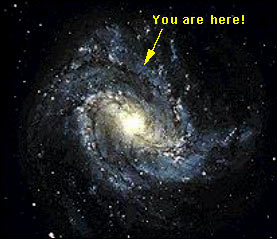EC Event: Undergraduate Senior Exhibition
Me in front of the exhibit On June 7, 2018, I attended the Undergraduate Senior Exhibition for DMA graduating seniors. There were dozens of fascinating projects that were revolved around technology. There were two main types of projects, interactive, game-like ones as well as ones that were created immersive environments. For the game-like ones, there were projects that utilized cameras that could read facial features and artistic computer games. However, what appealed to me the most was the immersive environment displays. Many of the displays used a rudimentary form of Augmented Reality. They would set up an environment that they want to emulate (like a grassy field or a peaceful temple) and use various technological tools such as a projector or television screen to show the audience their story. In addition, there were displays that used virtual reality to place the user in extraordinary circumstances with other physical features that made the experience even more realistic.


